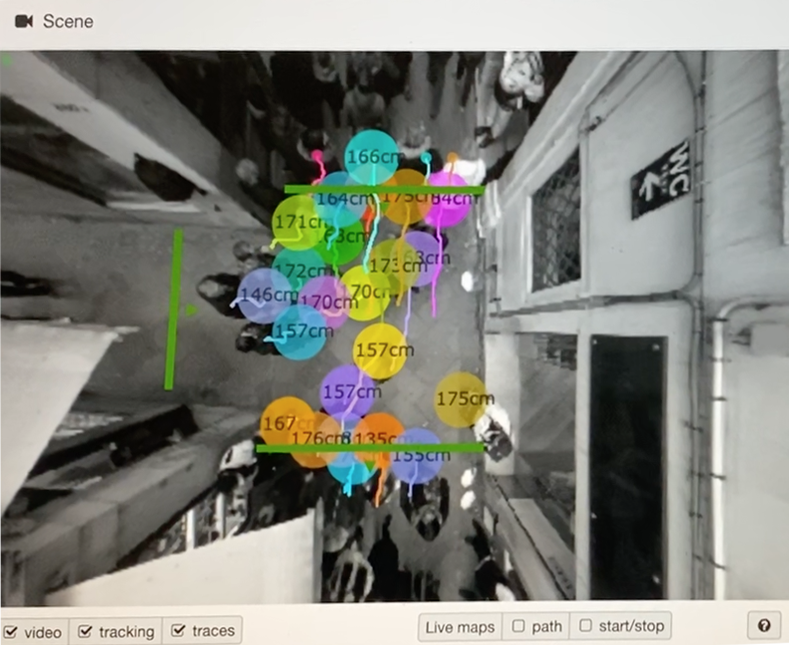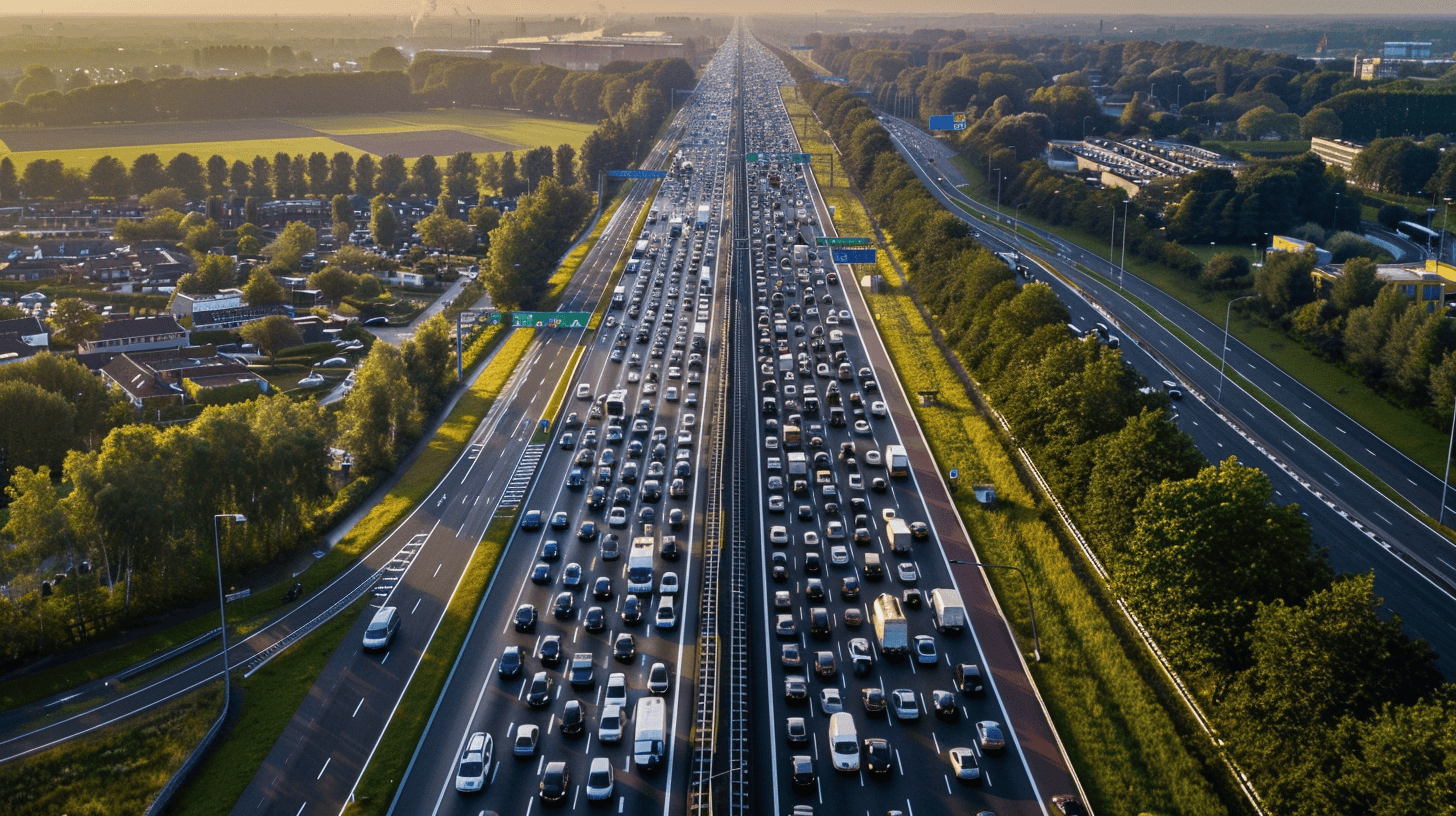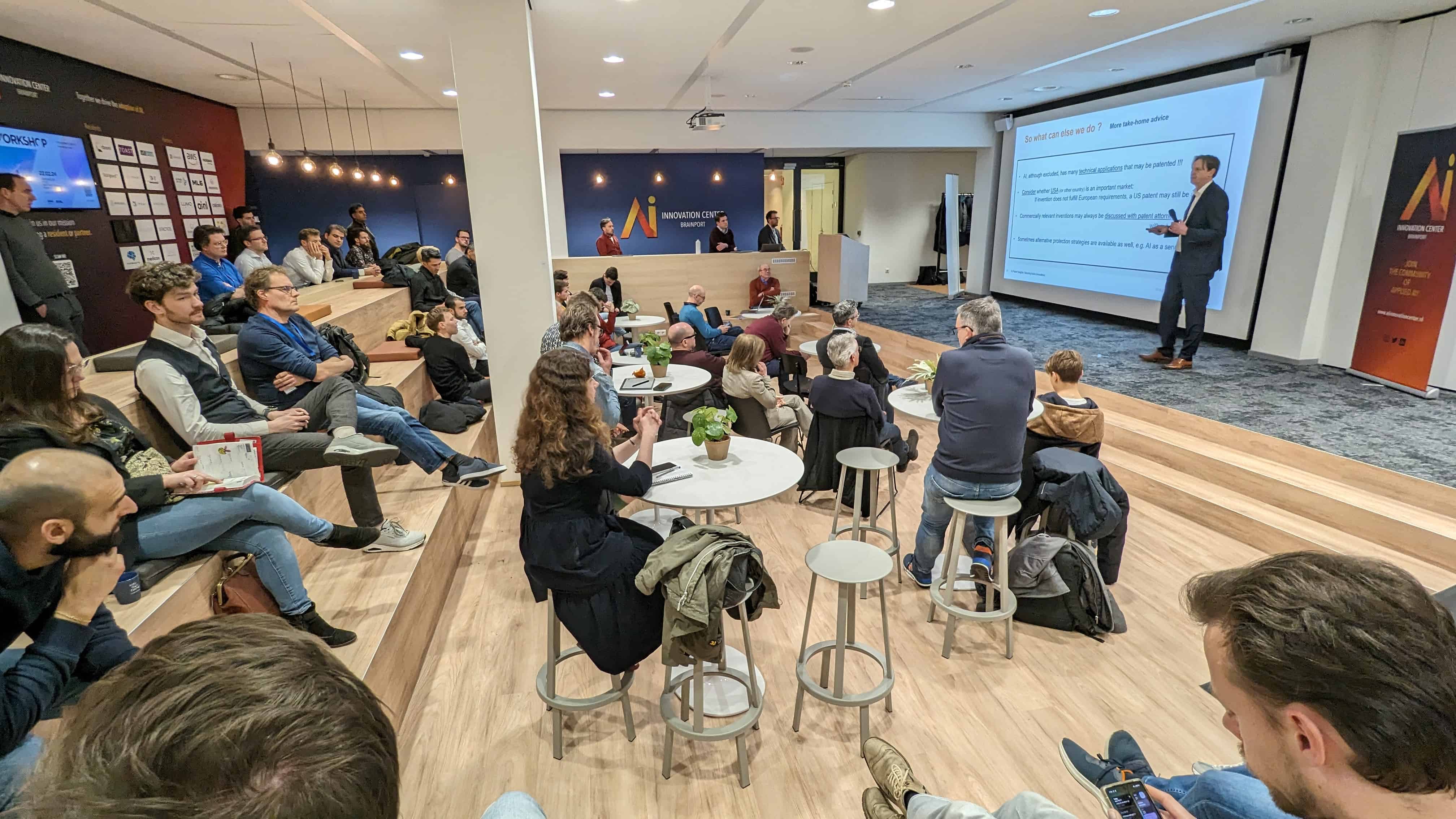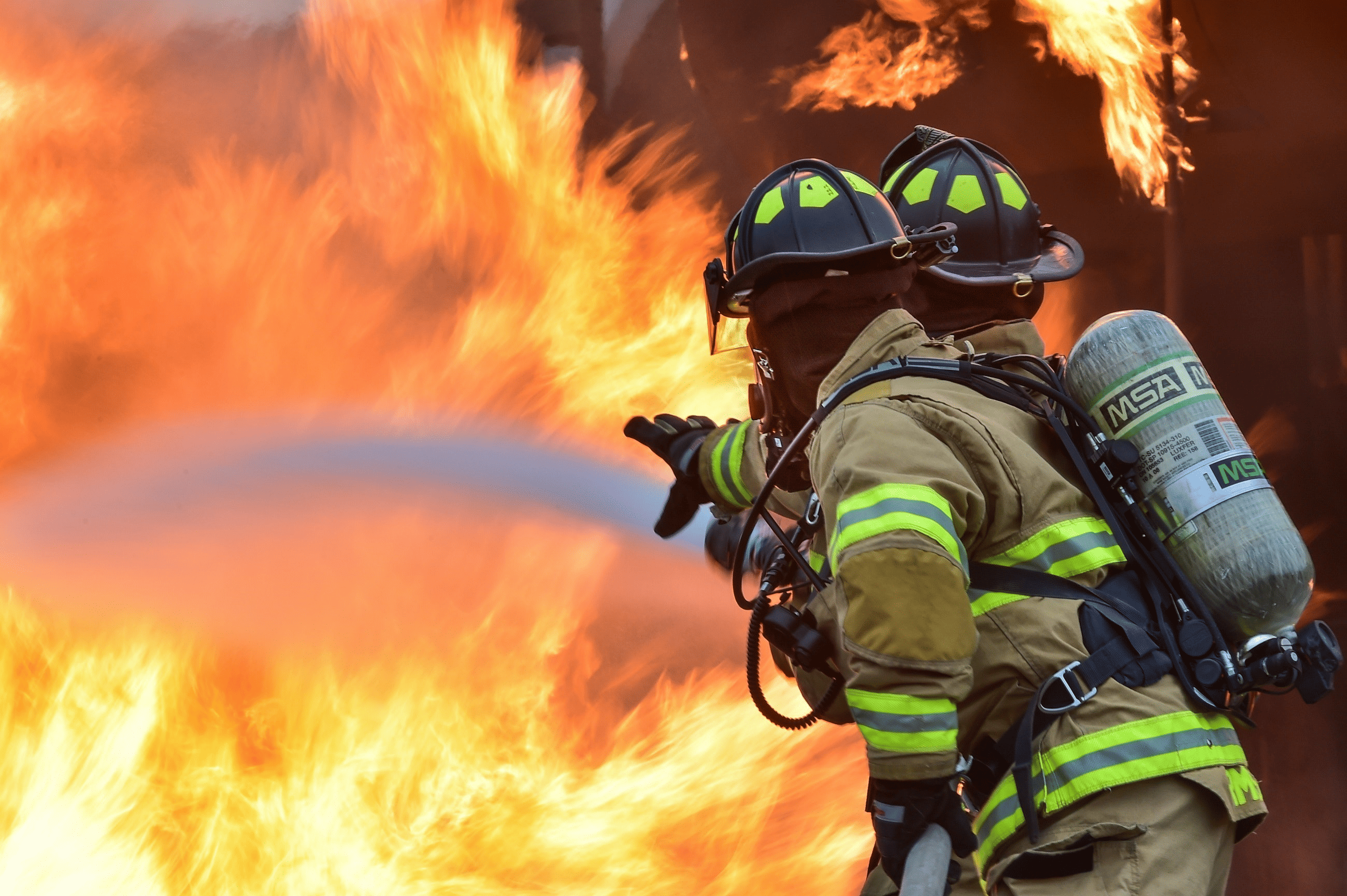
Venice is undoubtedly the capital of extreme mass tourism. In order to be able to manage the multitudes, the city is designing an information system that is unique in the world.
Red traffic lights at the first part of the Rialto Bridge, barriers in front of San Marco Square. These were feasible measures under discussion at the municipality of Venice. All in aid of putting a stop to mass tourism. Then the coronavirus turned up instead. “We can definitely say that the virus has now dropped the ‘extreme mass tourism’ label for Venice,” says Pierpaolo Campostrini, technical manager of the San Marco Basilica.
But even if unbridled tourism resumes after the corona crisis, there will still be no fences, barriers, or traffic lights in Venice. Instead, the city is building an information system whereby all visitors will be ‘displayed’ in real-time. Its aim is to manage the stream of tourists. The system is already working; the data room will be completed in June.
This information system stems from Paolo Bettio, managing director of Venis, the municipal ICT company. “We have installed sensors in 34 key places in the city that monitor pedestrians,” he says. “The sensors keep track of the number of people and the speed at which they move. And whether they are children or adults.” The sensors offer a vague black-and-white image which clearly shows the number of people per particular area. It also shows how tall they are. “You can’t see anything more than silhouettes so that we don’t infringe on anyone’s privacy.” It’s not about who someone is, but rather their movements.
Tracking mobile phones
The data provided by the sensors are linked to the data information provided by the Italian telecom provider TIM. This is done via sim-based tracking of mobile phones. This way, the origin of a visitor can be checked, and then a rough approximation of the visitor can also be provided. As in, are they a tourist or a resident?
There is only one other way to get around in Venice besides on foot. Across water, obviously. So far, 39 image recognition sensors have been installed in order to monitor traffic on the Canale Grande and in the lagoon where Venice is located. The sensors use an algorithm that improves its performance the more data it is exposed to (machine learning). All watercraft are thereby classified according to their type in order to eventually understand (in the data room) what sorts of boats are cruising on the Canale Grande at any given time.
Monitoring all watercraft movements
Is it a gondola, a Vaporetto (water bus), or a Barchetta (flat bottom boat) or something else? This is convenient because the gondola can carry up to six people (down to four passengers during corona) and the Vaporetto can carry up to 200 people ( currently the ‘corona maximum’ is 55 people on board.) All navigational movements are observed, including irregular maneuvers (such as sailing in the opposite direction and mooring where a berth ban is in force). But also wave motions and traffic density in general.
Effectively regulating the stream of visitors
The data provided by 35 sensors on public roads and 39 sensors on the waterfront come together in a so-called ‘data lake’, where the unstructured data is analyzed. Data lakes are very useful when it comes to providing insight into real-time data. And this is what it’s all about. The data room in the center of Venice reports the actual ongoing situation. This allows the stream of visitors to be regulated in an effective manner.

“With this data, we can see exactly how many people are in Venice. And where they are at any time of the day. Because the data is constantly fed with data from the past, we can eventually predict where the traffic streams are heading.” These behavioral statistics won’t be immediately available at first, but they will be available as the system runs over a longer period of time. For example, if it turns out that congestion occurs at the Rialto Bridge around midnight on the third day of the annual Carnival, the system can anticipate this. So, data analysts are able to address that situation on time.”
The ‘Venezia smart control room‘
The data room, which is called the ‘Venezia smart control room‘, not only receives the data provided by the 74 sensors, but also lots of other data. Such as real-time public transport traffic. As well as data related to motorized traffic crossing the dike heading towards the historic city center. The center can in fact only be reached by car and train via one dike. Vehicles are subsequently parked in parking garages on the outskirts of the center.
The smart room will also be in charge in the event of calamities. “This smart data enables us to transport someone by stretcher via the least crowded route, for instance.”
Another example is when an accident on the dike causes a traffic jam. “This has happened many times in the past. Now, all emergency responses can be coordinated centrally within seconds.”

‘The only city in the world with this kind of ‘smart’ information system’
Yet many other applications are conceivable. Contact tracing ought to be a piece of cake. “In theory, data from a smartphone app that detects individuals infected with coronavirus can be cross-referenced with the data in our system,” Bettio concedes. According to Bettio, no other city in the world has this kind of ‘smart’ information system at its disposal. Not bad for a city that’s celebrating its 1600th anniversary in 2021.
Also of interest:
Venetian hotel sector also sees opportunities in corona crisis
Peazy data makes parking easier for cities and their visitors








